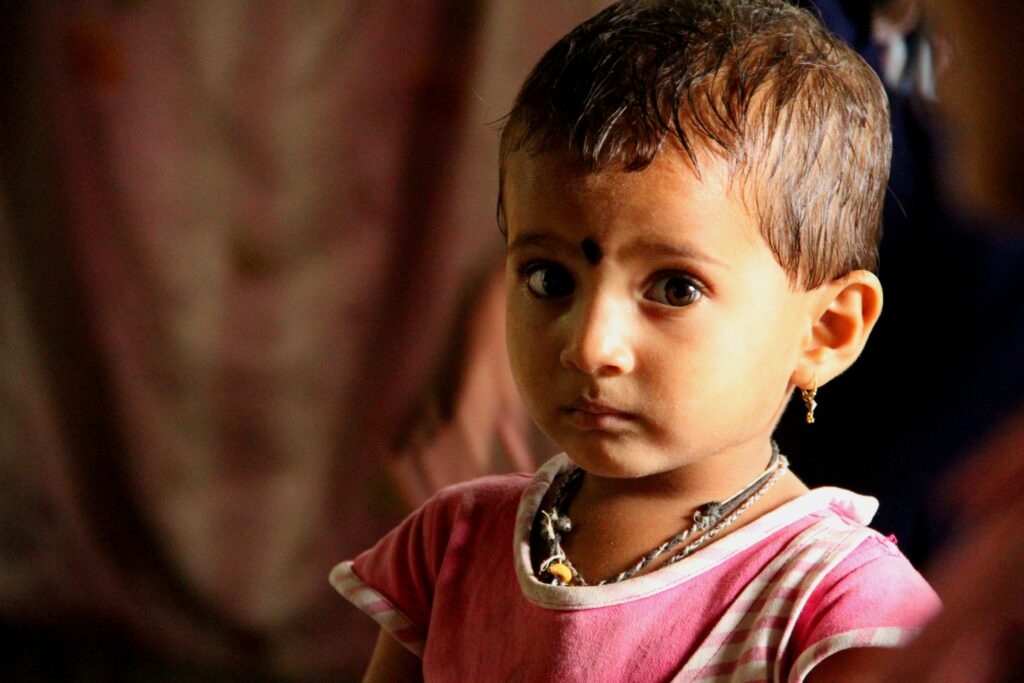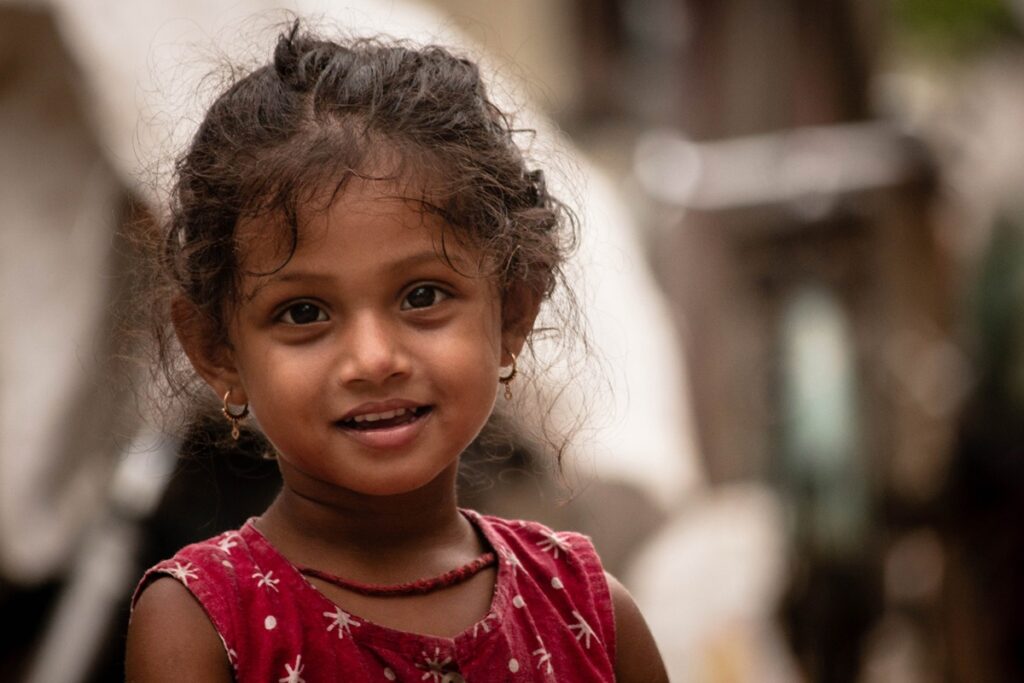
What is Female Infanticide, and Why is it Still Prevalent?
Summary/TL;DRFemale infanticide refers to the intentional killing of newborn girls, primarily resulting from cultural preferences for male childr....
Read MoreEducation is a fundamental right that empowers individuals and uplifts communities. However, girl education in India continues to face significant challenges due to cultural barriers, preventing countless girls from accessing the education they deserve.
Addressing these barriers is critical to achieving equality and enabling India to harness its young women's potential fully.

Cultural norms often dictate the roles and responsibilities of girls differently, deeply influencing access to education. In many communities, girls are expected to prioritize domestic chores or early marriage over schooling. These beliefs create barriers to female education and increase gender discrimination in education. As a result, girls are left unequipped for opportunities that could improve their lives.
Also Read: Free Education Scheme
Girls in many communities face significant obstacles to receiving an education, often due to deeply rooted cultural beliefs and practices. These problems in girl education hinder their ability to grow, learn, and achieve their full potential.
Also Read: Corporate Social Responsibility
Stereotypes like "education is unnecessary for girls" or "women are only meant for household work" deeply harm efforts to promote girl education rights.
These ideas reduce girls' opportunities to learn, develop critical skills, and participate in society. They also lower girls' self-esteem, reinforcing the belief that they are less capable or deserving of education.
Poverty worsens the cultural barriers to education. Families in low-income households often face financial constraints, making prioritizing education for all children difficult. As a result, many girls are left out of school due to traditional roles and responsibilities. This highlights the effects of the lack of girl education and how poverty fuels cultural discrimination.
Families play a central role in shaping educational opportunities for girls. In progressive households, parents advocate for girl education and break stereotypes by supporting their daughters' academic pursuits.
However, in conservative families, restrictive mindsets often prevail, leading to decisions such as pulling girls out of school during puberty. Increasing parental awareness and providing education are crucial in addressing these challenges and ensuring equal opportunities for all children.
Also Read: Gender Inequality in india
Religious beliefs and traditional customs also impact girl education in India. In some areas, misunderstandings of religious teachings result in practices like child marriage or keeping girls at home.
Tradition-driven expectations, such as maintaining a family's honour by limiting a girl's interactions outside the home, create severe barriers to girl education. Community leaders and religious groups can help promote more inclusive views of these practices.
Also Read: Gender Inequality in india
There are countless examples of communities and families breaking cultural barriers to educate their daughters. Malini's story is a great example of how determination and support can change lives.
Despite growing up in a poor village, she faced challenges like early marriage and cultural expectations but still worked hard to become a doctor. With help from CRY's partner organisation, Malini overcame language barriers and the difficulties caused by lockdowns. She eventually secured a place in medical school. Her success is her own and an inspiration for other girls in her community, showing that they can achieve their dreams with the right help and opportunities.
In CRY project areas, over 58,427 adolescent girls have been protected from child marriage and returned to school.
This showcases the importance of education in society and how empowering one girl can positively impact her family and community.
Also Read: Rural Education
To overcome these barriers, a multi-faceted approach is essential:
Collaboration between governments, NGOs, and communities is key to addressing gender discrimination in education. Government initiatives like Beti Bachao Beti Padhao have been pivotal in spreading awareness about the importance of quality education for girls.
Simultaneously, organisations like CRY India engage with families, schools, and local leaders to eliminate barriers to girl education.
The collaborative power of collective action is crucial in breaking down cultural barriers.
CRY India has been a leader in ensuring girl education rights and addressing the root causes of gender disparity. Our community-driven approach includes advocating against child marriage, promoting child education, and empowering families through awareness campaigns. In 2022-2023, CRY supported 2,14,537 children in enrolling in school.
This commitment underscores the importance of education in society, especially in breaking generational cycles of poverty and inequality.
Also Read: Girls Education in India
Addressing cultural barriers to girl education in India requires sustained effort and collaboration. Breaking stereotypes, engaging communities, and creating supportive educational environments are crucial to overcoming these challenges.
As we move forward, it is essential to ensure that every girl has the opportunity to learn and grow. Education is not just a right—it is the foundation of a brighter future for all.
Traditional beliefs and gender stereotypes often limit girls' access to education by placing more importance on household responsibilities or early marriage. These stereotypes create barriers that discourage school enrolment and contribute to higher dropout rates among girls.
Poverty limits resources, forcing families to prioritise survival over education, often keeping children, especially girls, at home for chores or leading to early marriages. This restricts their access to education.
Communities can promote girls' education by raising awareness about its benefits, providing safe schools, and engaging local leaders to challenge restrictive traditions. Success stories within the community can inspire change and encourage more families to educate their daughters.